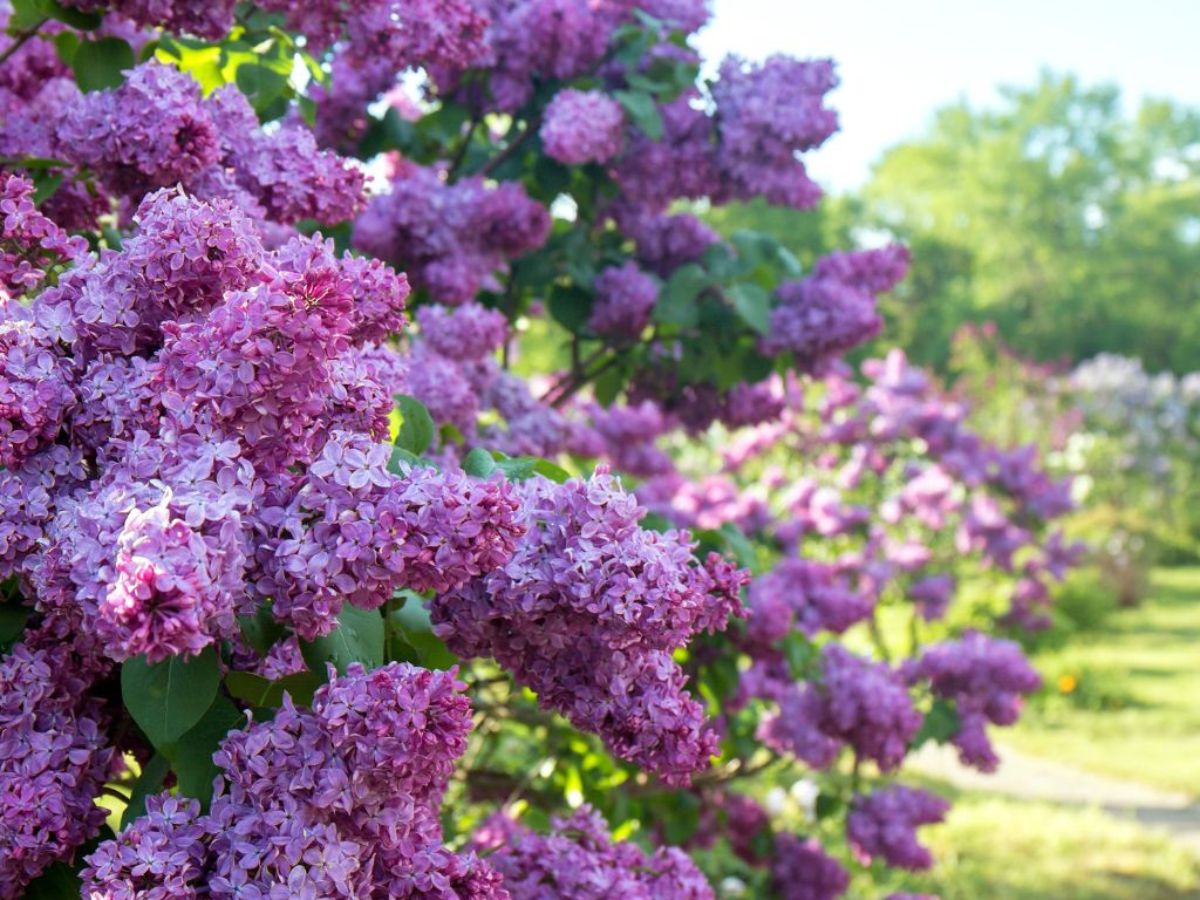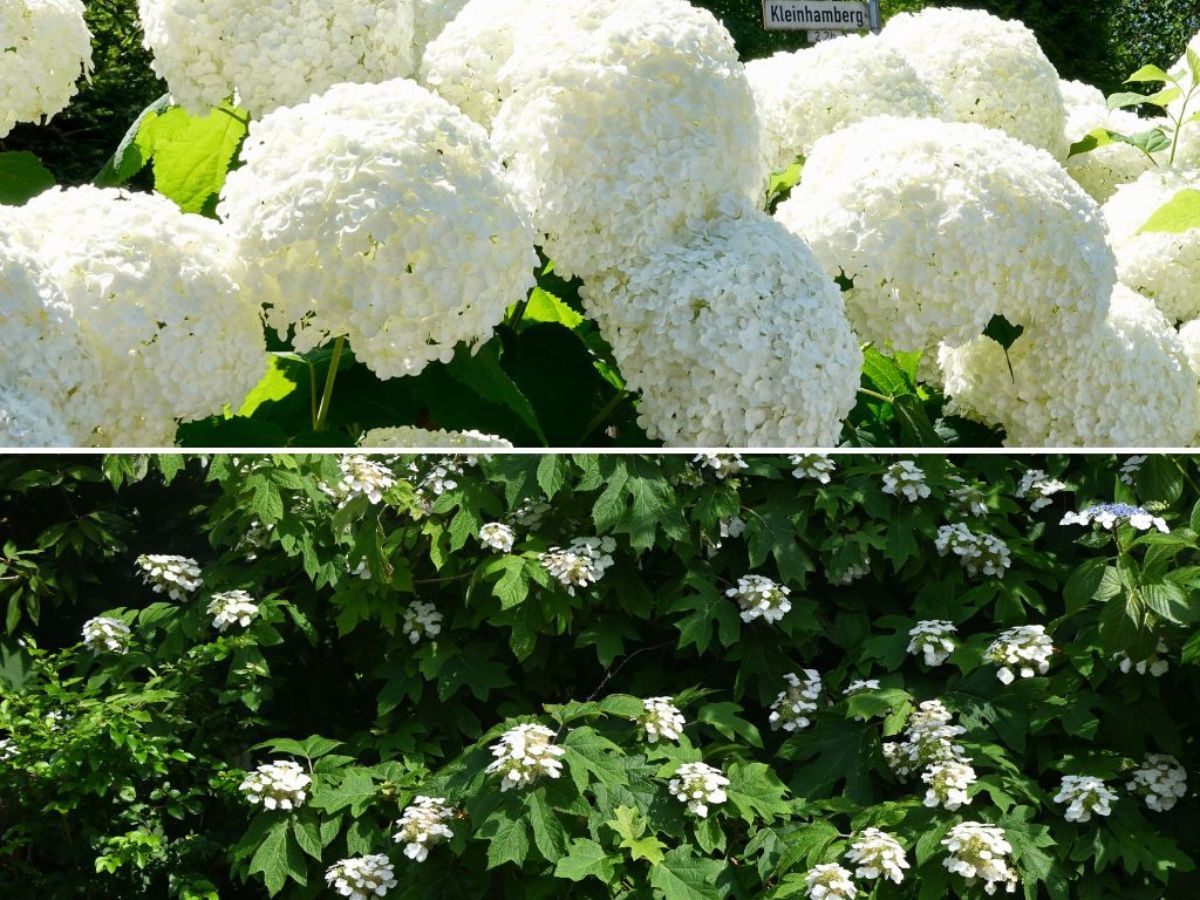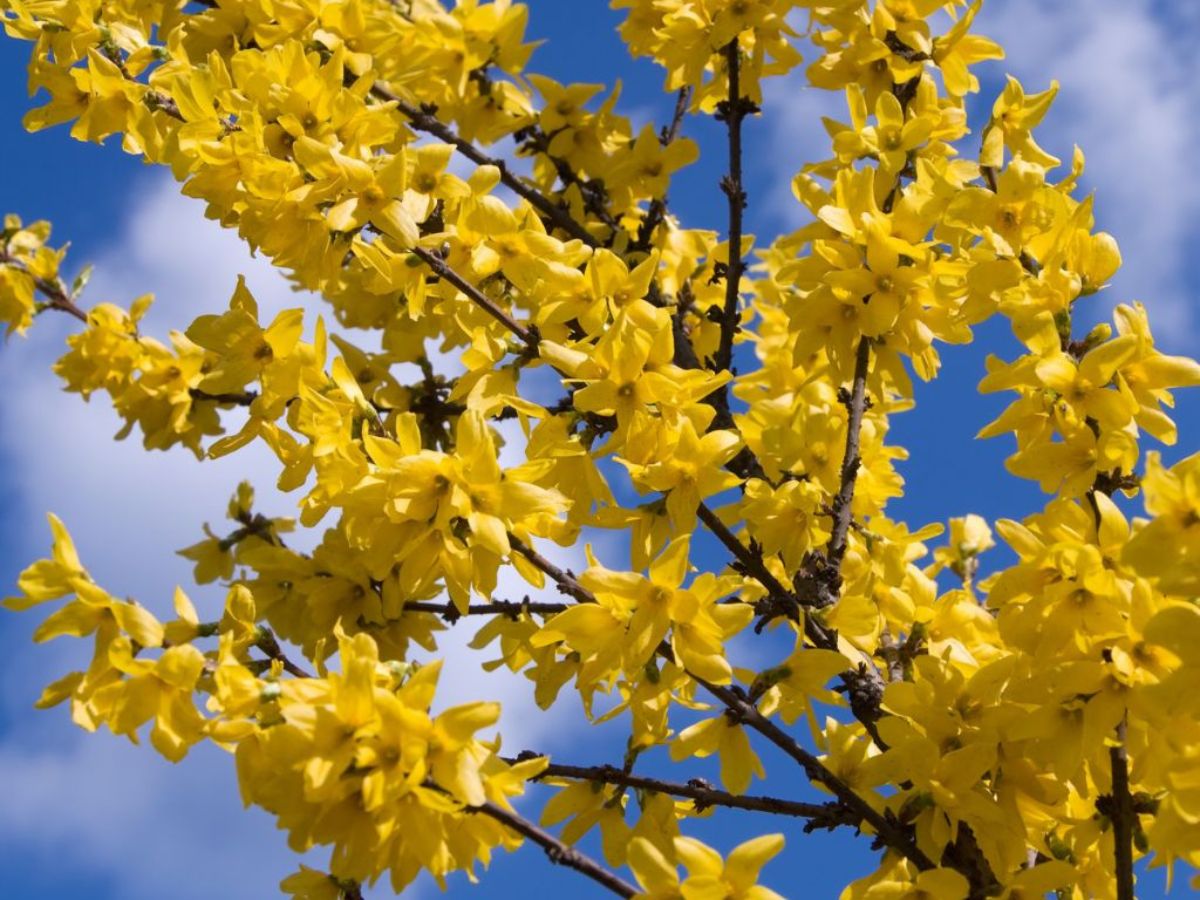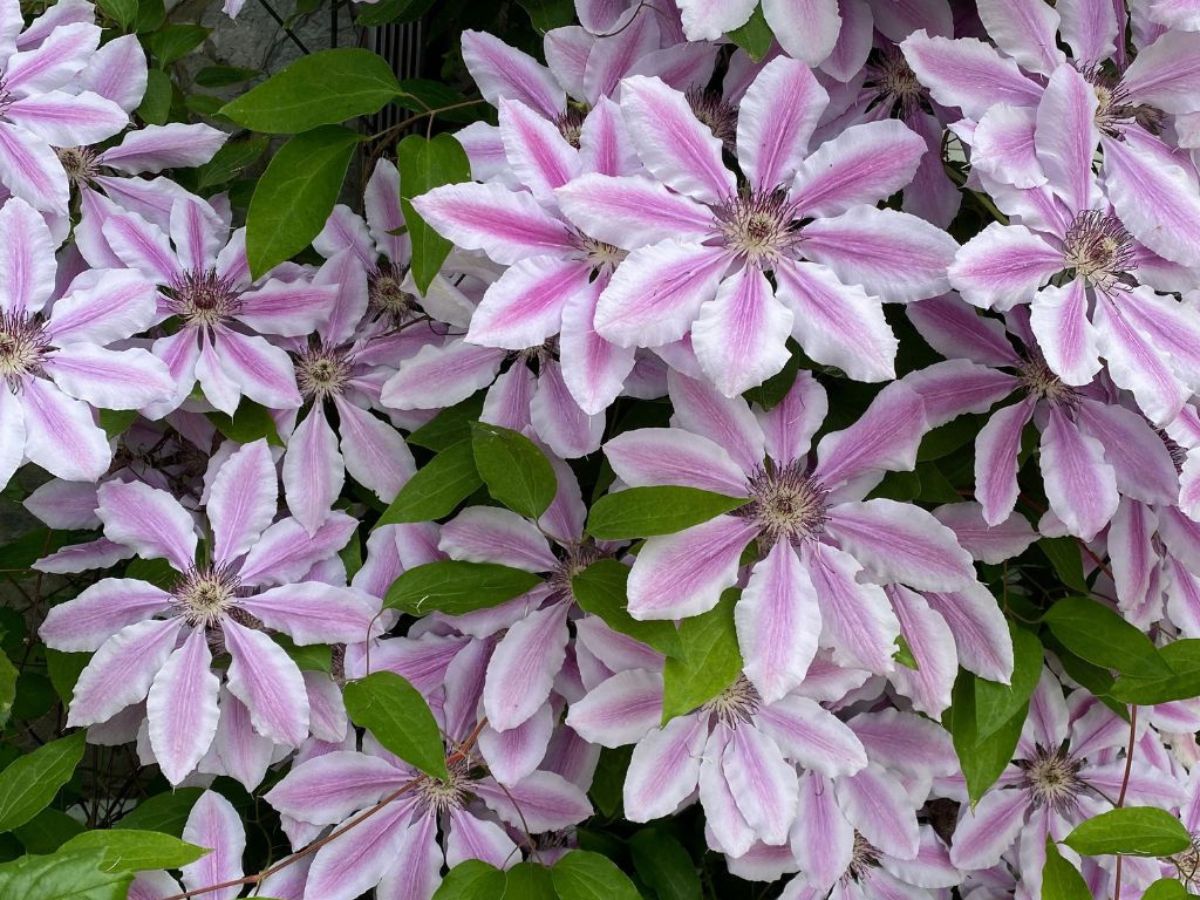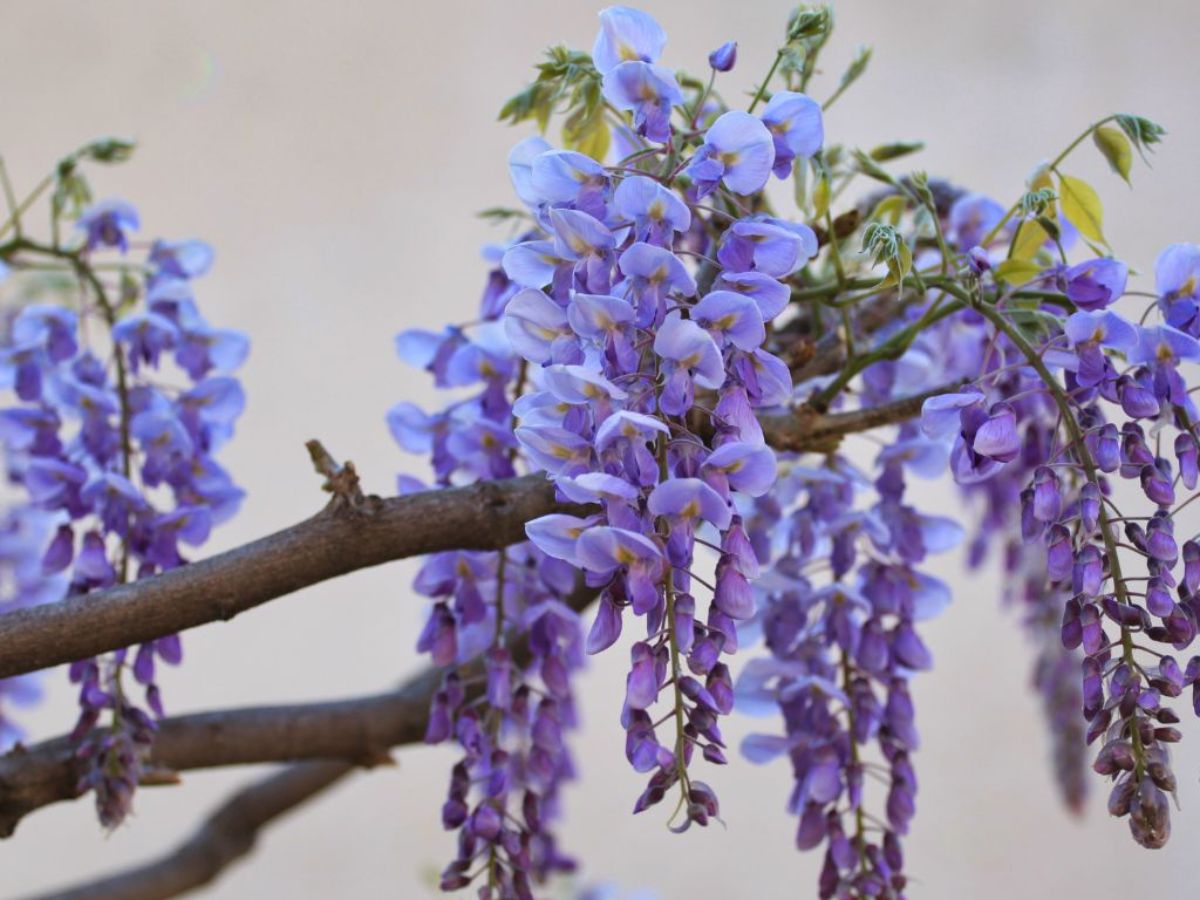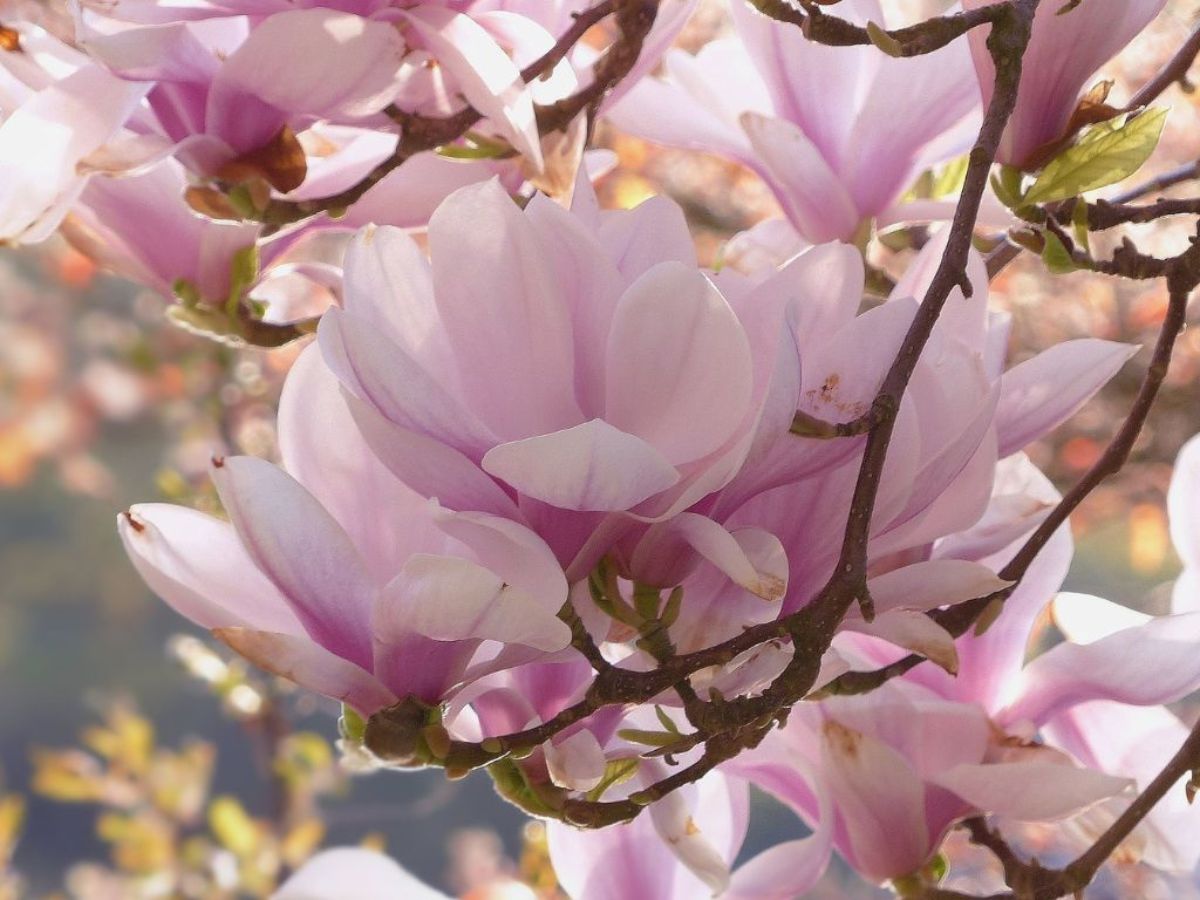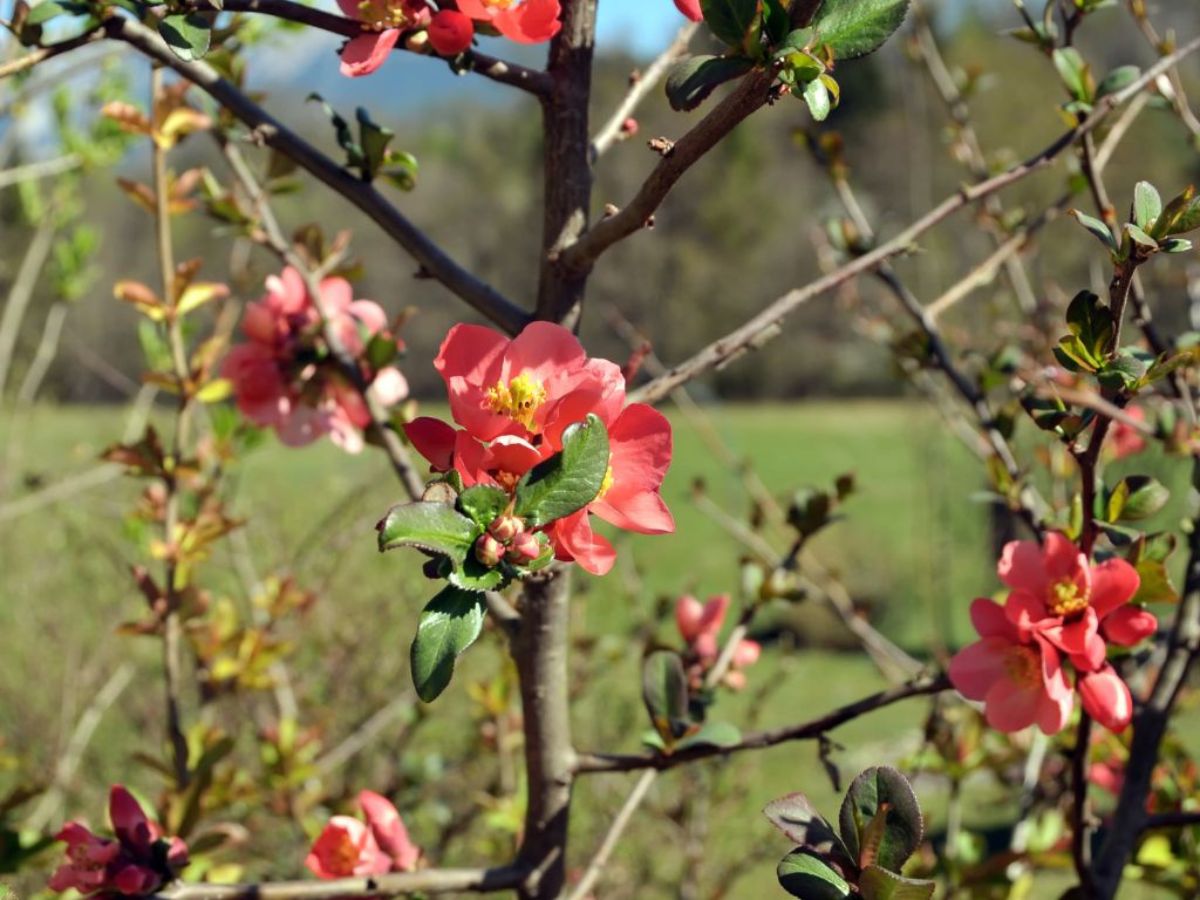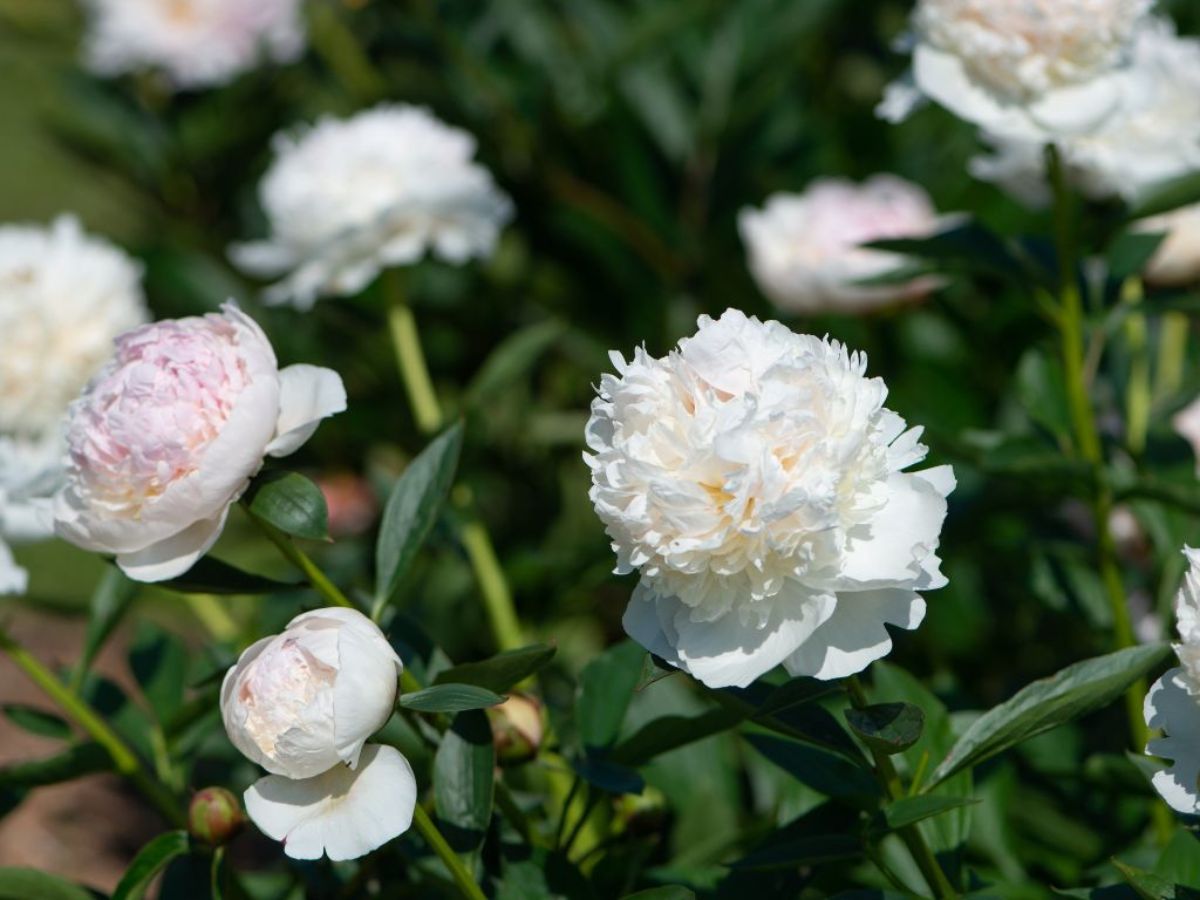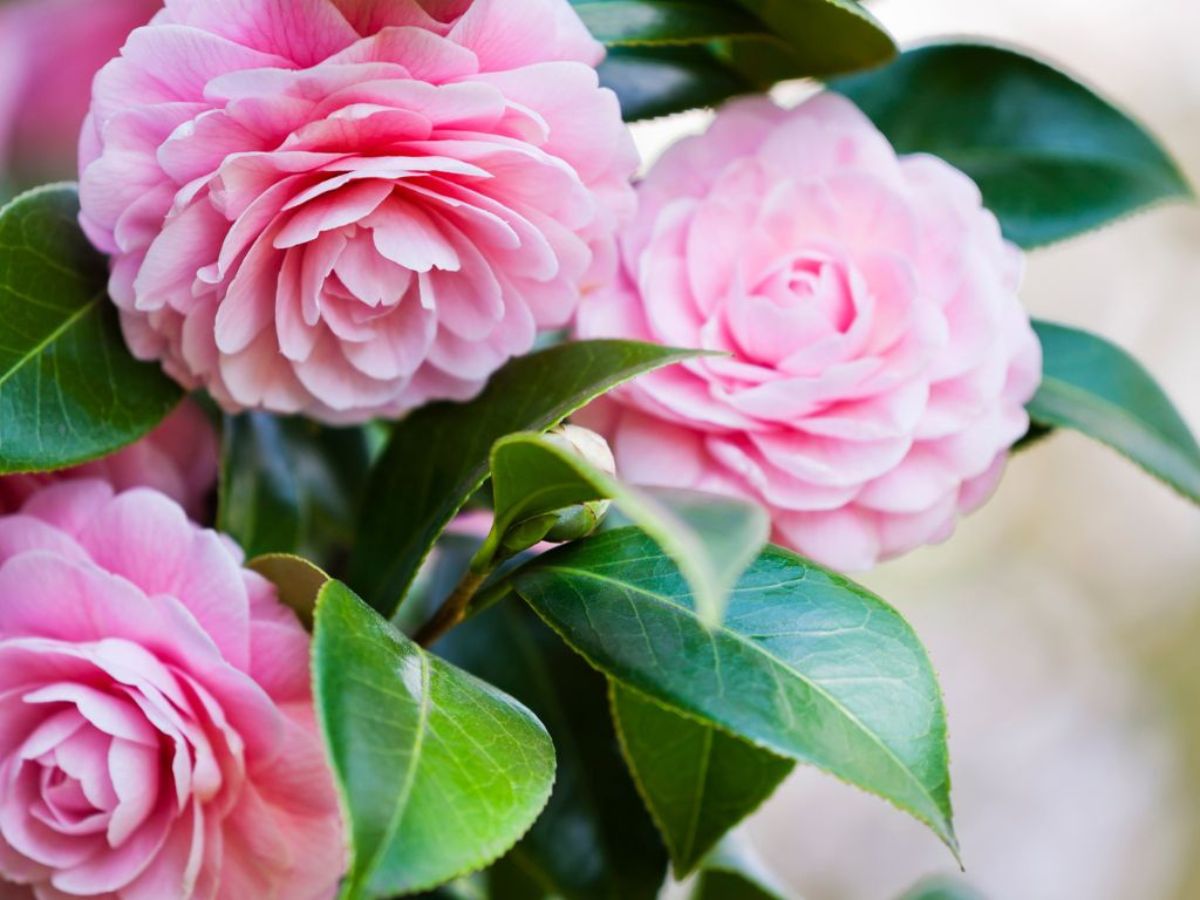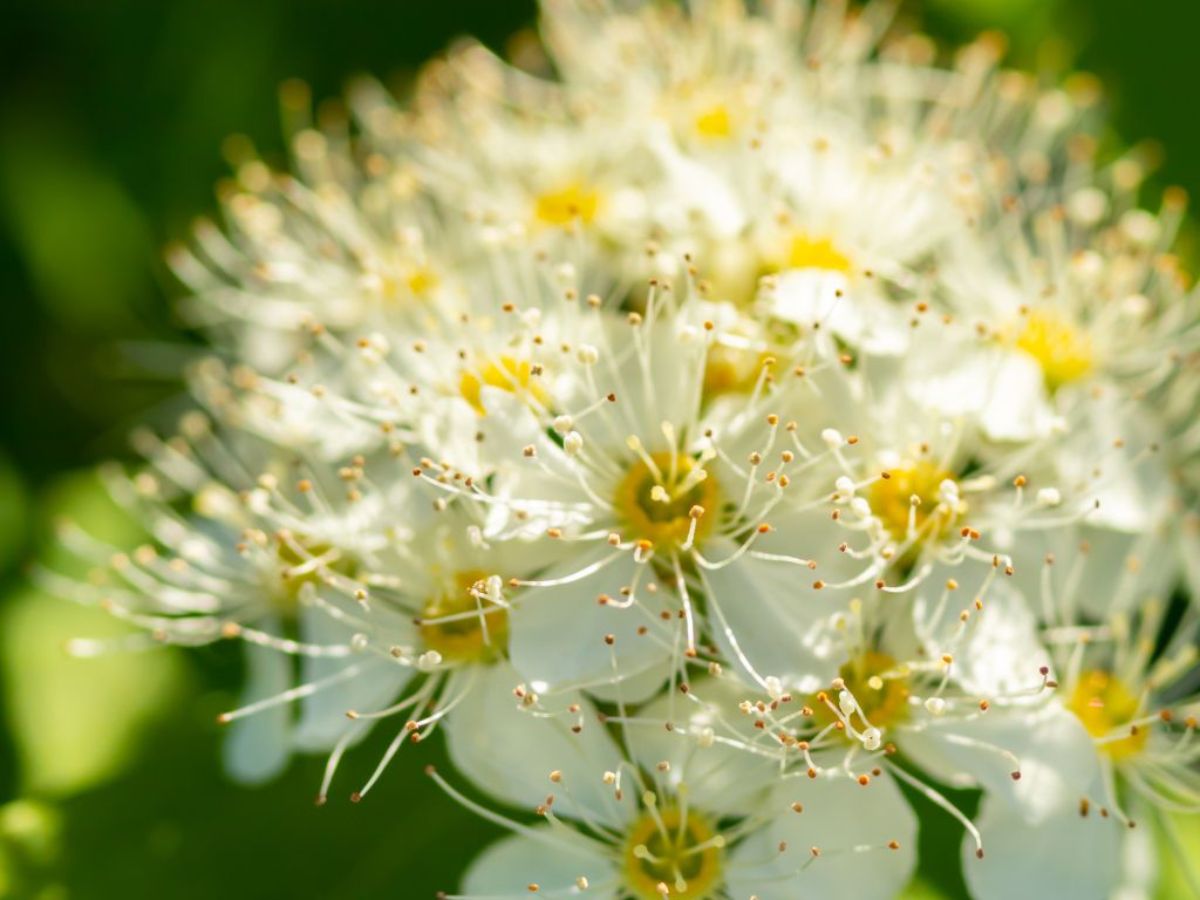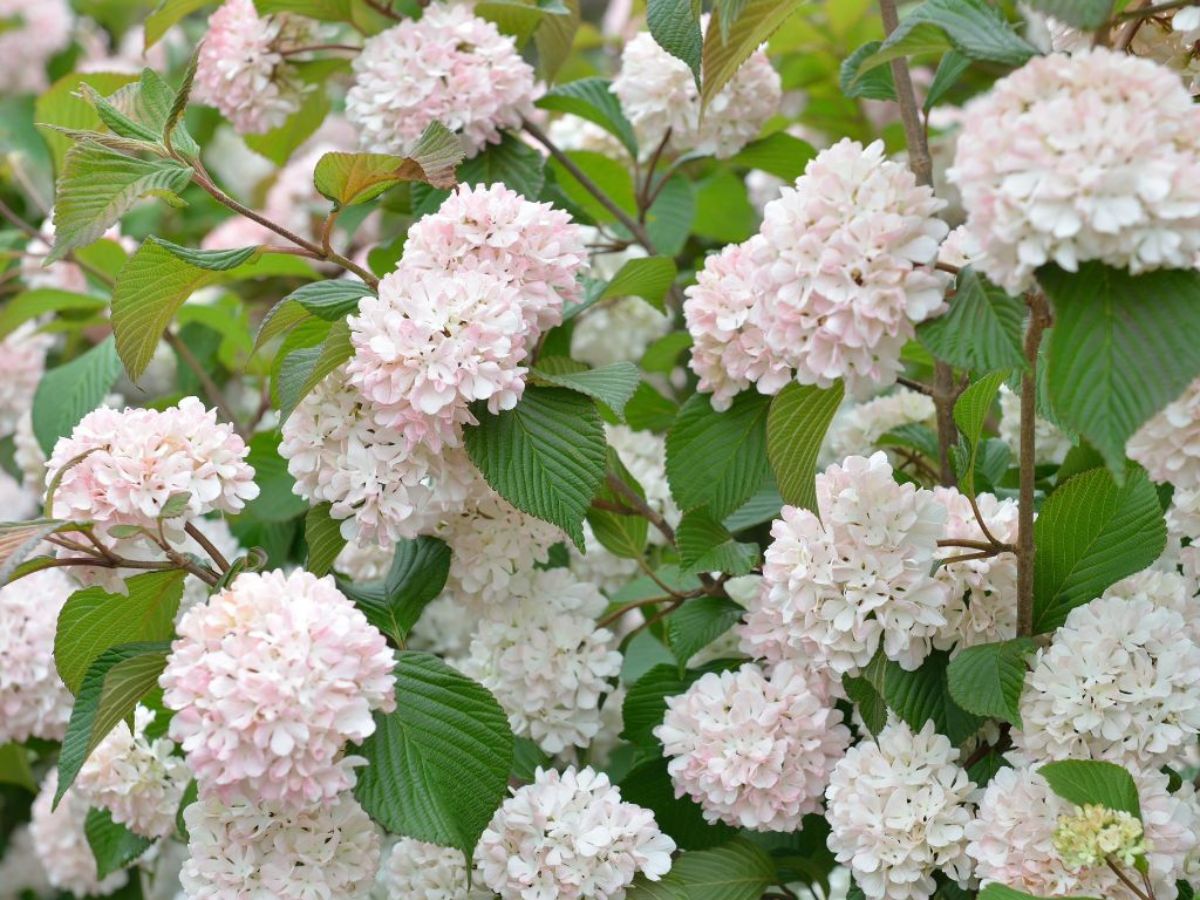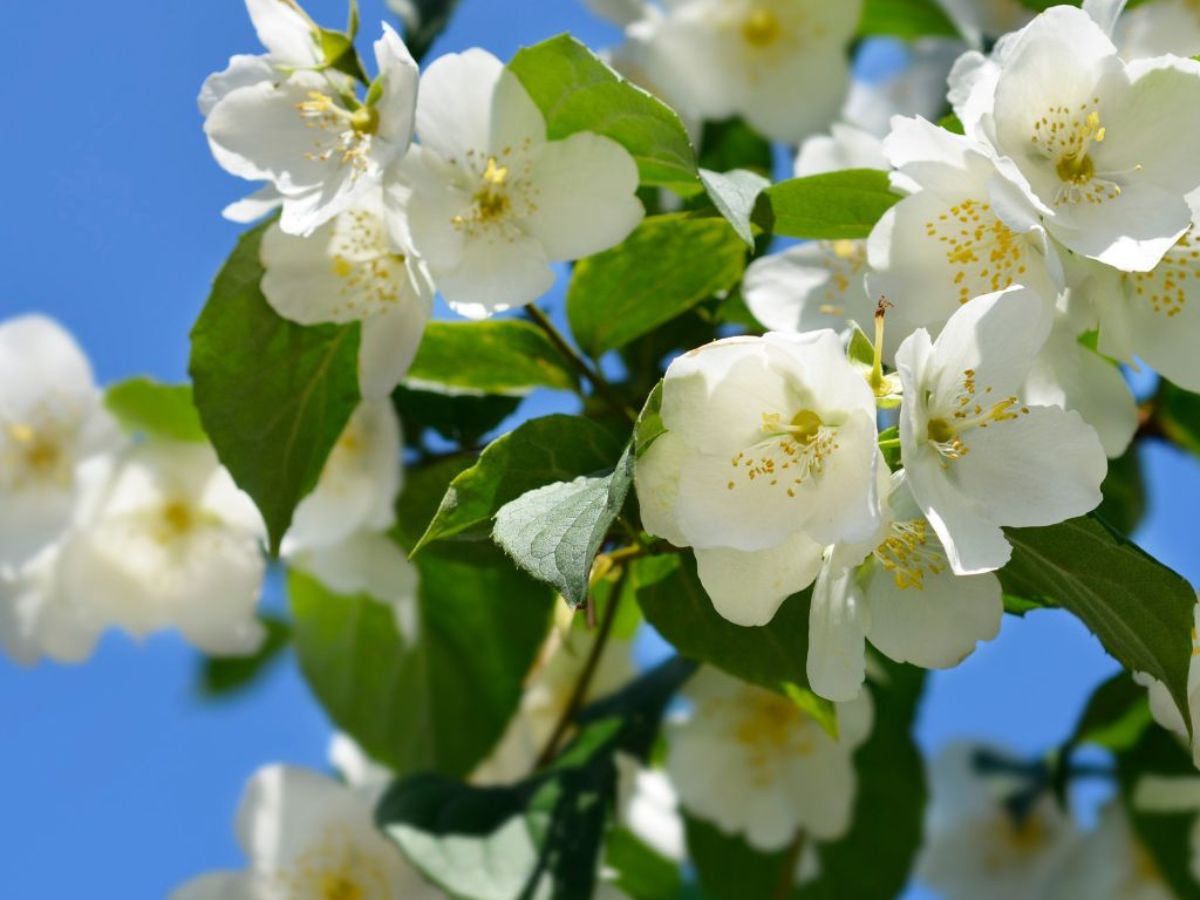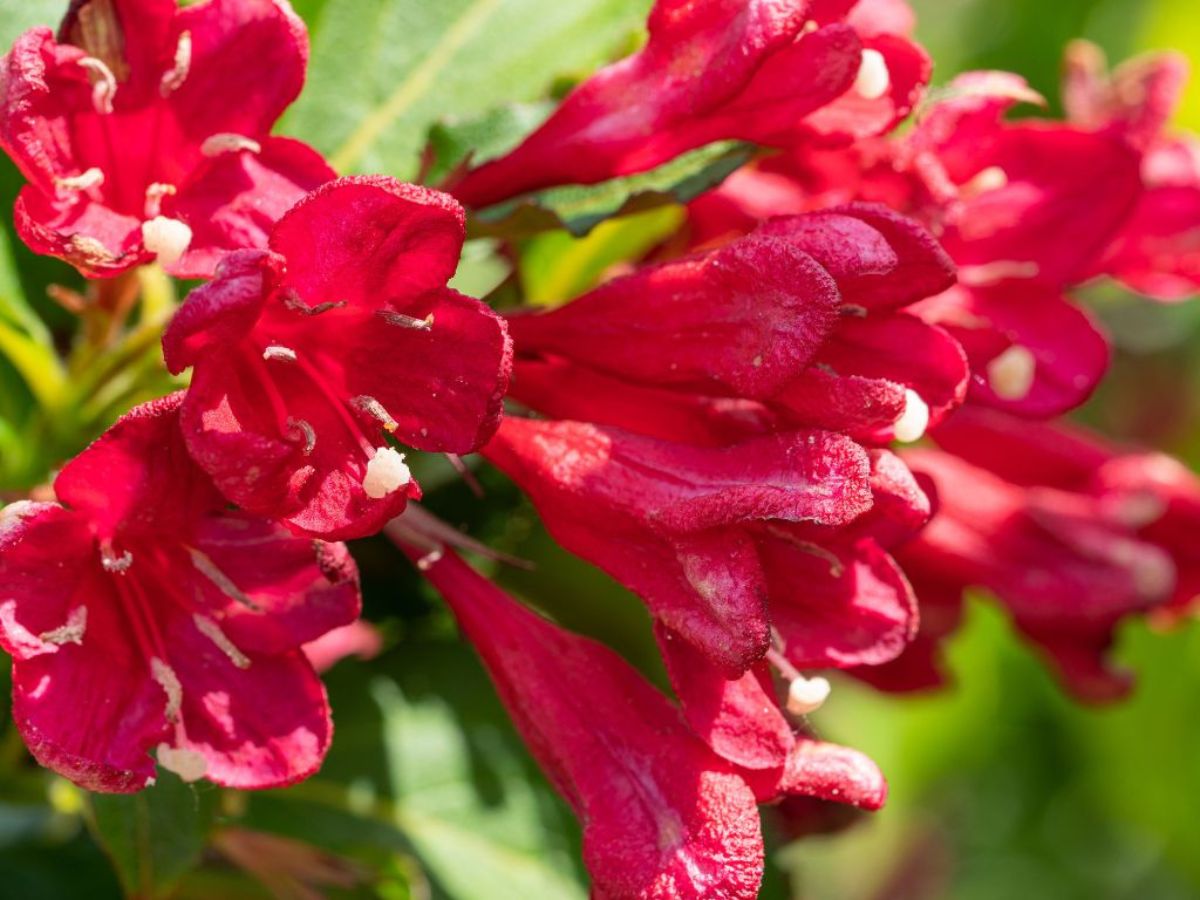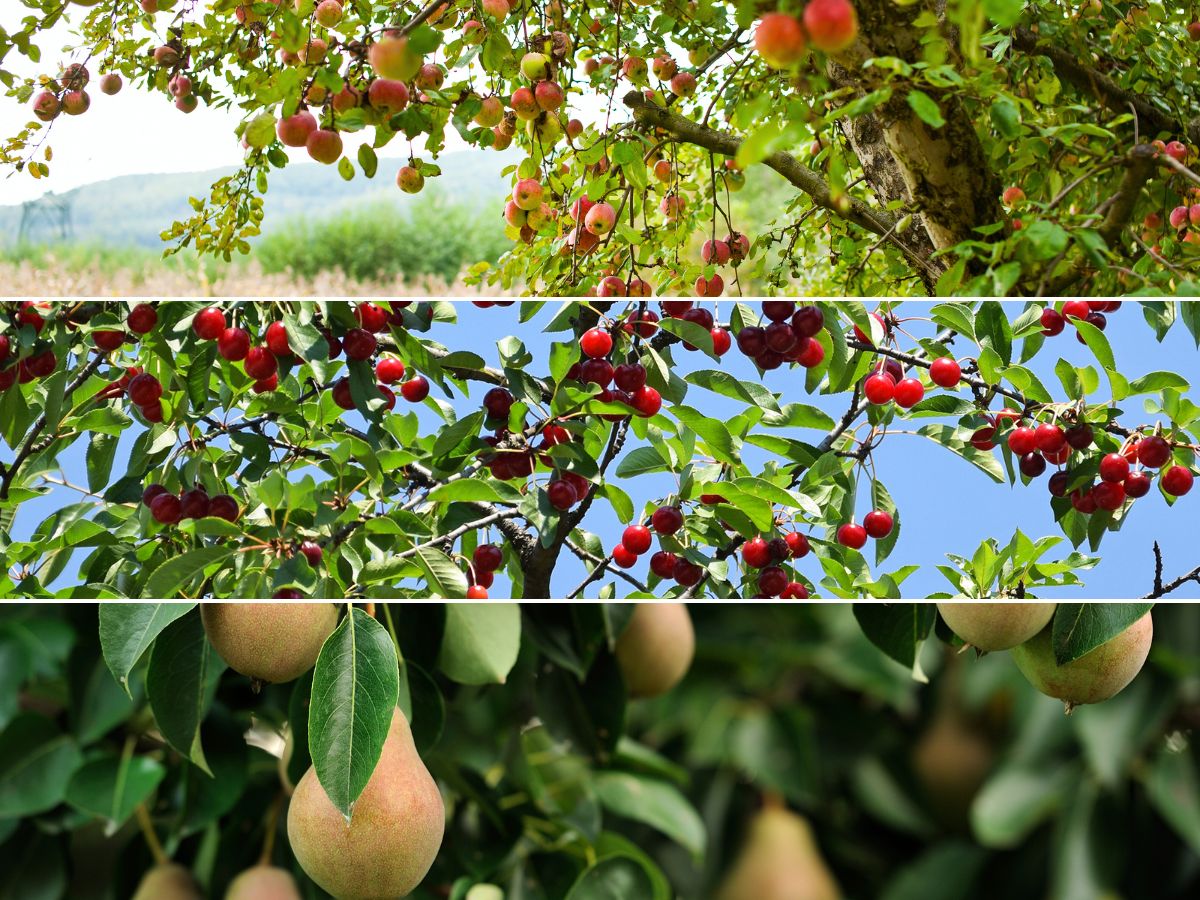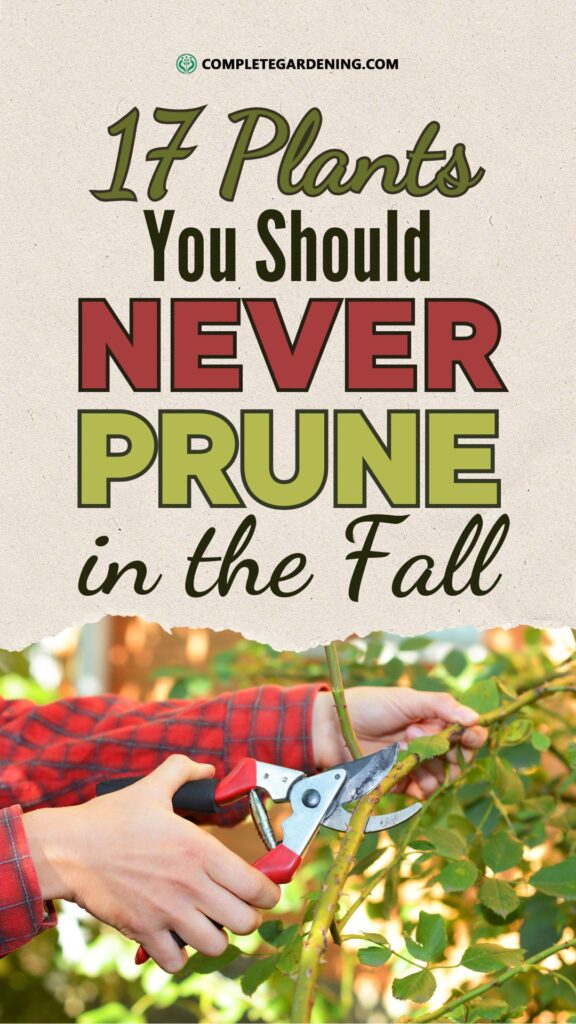Pruning is one of those gardening tasks that can make or break the look of your yard. Done right, it keeps plants healthy, shapes them beautifully, and encourages fresh growth.
But here’s the kicker—some plants really don’t appreciate being pruned in the fall. In fact, cutting back certain plants at the wrong time can do more harm than good.
If you’re itching to get your garden in shape as the cool weather sets in, hold off on trimming these 17 plants. Trust me, they’ll thank you later!
1. Lilacs
Lilacs are the quintessential spring bloomers, known for their fragrant, colorful clusters of flowers. These beauties set their buds in late summer, meaning that if you prune them in the fall, you’re essentially cutting off next year’s blossoms.
If you want your lilacs to stay happy and bursting with flowers, wait until after they bloom in spring to prune them.
Pro Tip: Stick to trimming after flowering to promote better air circulation and prevent powdery mildew.
2. Hydrangeas (Bigleaf and Oakleaf)
While hydrangeas are low-maintenance and generally easy to care for, pruning them at the wrong time can cause a lot of frustration—especially if you want those famous large blooms.
Bigleaf and Oakleaf hydrangeas set their flower buds for next year during late summer, so fall pruning is a big no-no. If you cut them back now, you’ll be sacrificing next year’s blossoms.
Pro Tip: Let the old blooms dry out over winter and prune them in the spring when new growth starts to appear.
3. Forsythia
Forsythias are like the early birds of spring—they’re one of the first plants to put on a show with their bright yellow flowers. They bloom on old wood, meaning that the flower buds are formed in the previous year.
If you prune forsythia in the fall, you’ll be chopping off next year’s blooms before they even have a chance to shine. Instead, wait until after they finish blooming in the spring to shape them up.
Pro Tip: Regular pruning after bloom helps keep forsythia’s wild growth in check while encouraging more flowers next season.
4. Azaleas and Rhododendrons
Azaleas and rhododendrons are a gardener’s favorite for their showy, colorful blooms. But these flowering shrubs are very particular about when they like to be pruned.
They set their buds during the late summer and early fall, so cutting them back now would mean losing out on those stunning spring flowers. If you need to prune, wait until right after they finish blooming in the spring.
Pro Tip: Give these plants the space they need to grow so you won’t have to prune them as often.
5. Clematis (Spring Blooming Varieties)
Clematis can be a bit tricky because different varieties bloom at different times. If you have a spring-blooming clematis, like Clematis montana or Clematis alpina, you definitely don’t want to prune it in the fall.
These varieties bloom on old wood, so fall pruning will remove the buds that would turn into next season’s flowers.
Pro Tip: If you’re unsure which type of clematis you have, wait until after it blooms in spring to prune, just to be safe.
6. Wisteria
Wisteria vines can add a magical touch to your garden with their cascading purple flowers. But don’t let their beauty fool you—they’re tough plants and need to be pruned carefully.
Wisteria produces flowers on old wood, and fall pruning can disrupt next year’s blooms. Instead, prune after flowering in late spring or early summer.
Pro Tip: Regular summer pruning will help control the size of your wisteria and encourage more blooms.
7. Magnolias
Magnolias, especially the early-blooming types, set their buds well before winter. Pruning them in the fall can rob you of the stunning blooms you’ve been waiting for all winter long.
To avoid this, prune magnolias right after they bloom, and only trim what’s necessary.
Pro Tip: Magnolias don’t need a lot of pruning, so focus on removing any dead or damaged wood rather than cutting back for shape.
8. Flowering Quince
Flowering quince is another early bloomer that sets its flower buds on old wood. If you prune it in the fall, you’ll likely end up with a shrub full of leaves but no flowers come spring.
Wait until after the blooms fade to give it a trim.
Pro Tip: Keep an eye out for suckers that grow from the base of the plant. Remove these to encourage healthier growth.
9. Spring-Blooming Bulbs
While bulbs like tulips, daffodils, and crocuses aren’t technically “prunable,” it’s important not to cut back their foliage too early.
After they bloom, the leaves gather energy for next year’s flowers. If you trim them back before they’ve had a chance to yellow and die back naturally, you’re cutting off their energy source.
Pro Tip: Let the foliage die back completely before you clean it up. Your patience will be rewarded with bigger blooms next spring.
10. Peonies
Peonies are beloved for their large, fragrant flowers, but pruning them in the fall is a big mistake. Peonies need time to go dormant before any cutting is done.
If you prune too early, you risk introducing diseases or harming the plant’s ability to survive the winter.
Pro Tip: Wait until the first hard frost to cut back peonies, and make sure to remove any dead foliage to prevent fungal issues.
11. Camellias
Camellias bloom in the cooler months, and they set their flower buds during the late summer.
Pruning them in the fall is like hitting the reset button on all that hard work. Instead, wait until after they finish blooming in late winter or early spring to prune them lightly.
Pro Tip: Camellias prefer to be pruned sparingly. Focus on removing any dead or damaged branches and leave the rest alone.
12. Spirea (Spring Blooming Varieties)
Spirea is a popular choice for gardeners who want a splash of color in their yard. But for spring-blooming varieties like bridal wreath spirea, fall pruning can mean losing those delicate white blooms next year.
Like many other plants on this list, spirea blooms on old wood, so prune it after it flowers.
Pro Tip: Light pruning after blooming encourages a second flush of growth and helps maintain the plant’s shape.
13. Viburnum
Viburnums are versatile shrubs that produce clusters of fragrant flowers and often colorful berries.
But if you prune them in the fall, you’re likely to cut off the buds that would become flowers or fruit next season. For most viburnums, it’s best to wait until after they bloom in the spring to prune.
Pro Tip: If your viburnum produces berries, wait until after the berries have dropped or been eaten by birds before pruning.
14. Mock Orange
Mock orange is known for its citrus-scented flowers, but if you prune it in the fall, you’ll lose the flower buds that have already formed for next year.
To keep this fragrant shrub blooming year after year, wait until after it flowers in the spring to trim it back.
Pro Tip: Light pruning after flowering will help maintain its shape without sacrificing blooms.
15. Weigela
Weigela is a reliable shrub for adding color to your garden with its bright pink or red flowers. But if you prune it in the fall, you’re cutting off the buds that will bloom next season.
Wait until after it finishes blooming in late spring to prune, and you’ll get the full display of flowers.
Pro Tip: Deadheading spent flowers can encourage a second round of blooms.
16. Climbing Roses
Climbing roses are a bit different from your typical rose bushes. They bloom on old wood, which means that fall pruning can severely impact their flowering potential for next year.
If you need to prune them, wait until after the first bloom in spring.
Pro Tip: Focus on removing dead, damaged, or crossing branches to keep climbing roses healthy and well-shaped.
17. Fruit Trees (Apple, Cherry, Pear)
It’s tempting to prune fruit trees in the fall to tidy things up, but doing so can stimulate new growth that won’t have time to harden off before winter.
This can make your fruit trees more susceptible to frost damage. Wait until late winter or early spring, when the trees are still dormant, to prune fruit trees for better health and fruit production.
Pro Tip: A good rule of thumb is to prune fruit trees when they’re dormant to reduce the risk of disease and pests.
Fall is a great time to wind down in the garden, but when it comes to pruning, timing is everything.
For these 17 plants, patience is key—wait until the right season to prune, and you’ll be rewarded with healthy growth and plenty of blooms when spring rolls around.

